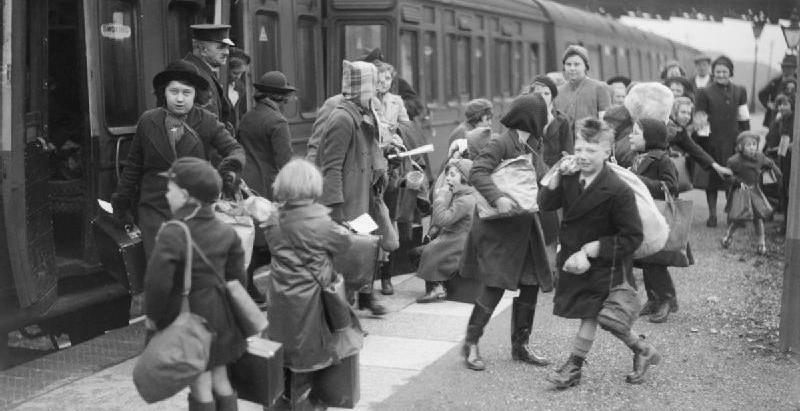
Krigsbarn vittnar om tortyr, våldtäkt och slaveri
Flera brittiska barn som skeppades till Australien efter andra världskriget utsattes för sexuella övergrepp. En omfattande utredning har inletts i Storbritannien och nyligen hölls den första offentliga utfrågningen. Flera personer vittnade om ”tortyr, våldtäkt och slaveri”.
Ett av offren, affärsmannen och författaren David Hill, bröt ihop när han vittnade om sexuella övergrepp på skolan som han skickades till i Australien.
– Många återhämtade sig aldrig och är permanent drabbade av skuld, skam, lågt självförtroende, låg självkänsla, rädsla och trauma, säger han.
Mellan 1945 och 1970 skickades utsatta barn till i huvudsak Australien, men också till Kanada, Nya Zeeland och vad som i dag är Zimbabwe – ofta utan godkännande av familjen.
bakgrund
David Hill (businessman)
Wikipedia (en)
David Hill (born 20 June 1946) is an English-born Australian business leader and author.
bakgrund
Evakueringen av civila i Storbritannien under andra världskriget
Wikipedia (en)
The evacuation of civilians in Britain during the Second World War was designed to protect civilians in Britain, particularly children, from the risks associated with aerial bombing of cities by moving them to areas thought to be less at risk. Operation Pied Piper, which began on 1 September 1939, officially relocated more than 3.5 million people. Further waves of official evacuation and re-evacuation occurred on the south and east coasts in June 1940, when a seaborne invasion was expected, and from affected cities after the Blitz began in September 1940. There were also official evacuations from the UK to other parts of the British Empire, and many non-official evacuations within and from the UK. Other mass movements of civilians included British citizens arriving from the Channel Islands, and displaced people arriving from continental Europe.
The Government Evacuation Scheme was developed during summer 1938 by the Anderson Committee and implemented by the Ministry of Health. The country was divided into zones, classified as either "evacuation", "neutral", or "reception", with priority evacuees being moved from the major urban centres and billeted on the available private housing in more rural areas. Each zone covered roughly a third of the population, although several urban areas later bombed had not been classified for evacuation. In early 1939, the reception areas compiled lists of available housing. Space for a couple of thousand people was found, and the government also constructed camps which provided a few thousand additional spaces.
In summer 1939, the government began to publicise its plan through the local authorities. They had overestimated demand: only half of all school-aged children were moved from the urban areas instead of the expected 80%. There was enormous regional variation: as few as 15% of the children were evacuated from some urban areas, while over 60% of children were evacuated in Manchester and Belfast and Liverpool. The refusal of the central government to spend large sums on preparation also reduced the effectiveness of the plan. In the event over 1,474,000 people were evacuated.
Omni är politiskt obundna och oberoende. Vi strävar efter att ge fler perspektiv på nyheterna. Har du frågor eller synpunkter kring vår rapportering? Kontakta redaktionen